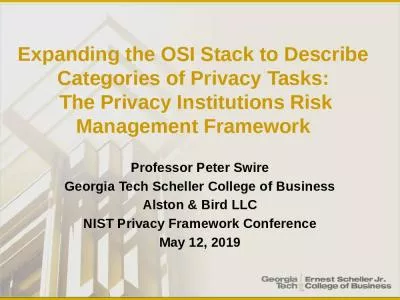PPT-Privacy in the Workplace and Threat Monitoring
Author : test | Published Date : 2020-04-05
By MarcAndre Frigon This disclaimer informs you that the views thoughts and opinions expressed in this presentation belong solely to the author and not necessarily
Presentation Embed Code
Download Presentation
Download Presentation The PPT/PDF document " Privacy in the Workplace and Threat Mon..." is the property of its rightful owner. Permission is granted to download and print the materials on this website for personal, non-commercial use only, and to display it on your personal computer provided you do not modify the materials and that you retain all copyright notices contained in the materials. By downloading content from our website, you accept the terms of this agreement.
Privacy in the Workplace and Threat Monitoring: Transcript
Download Rules Of Document
" Privacy in the Workplace and Threat Monitoring"The content belongs to its owner. You may download and print it for personal use, without modification, and keep all copyright notices. By downloading, you agree to these terms.
Related Documents

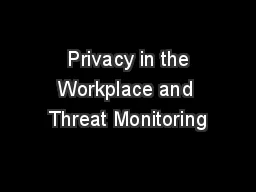
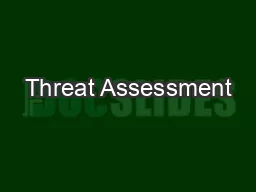
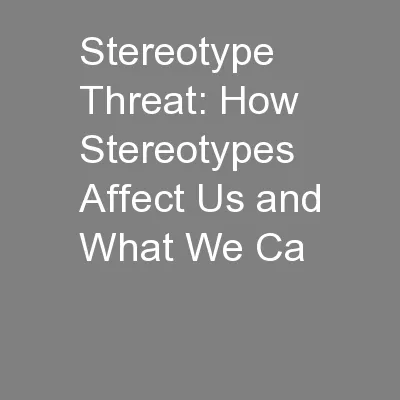
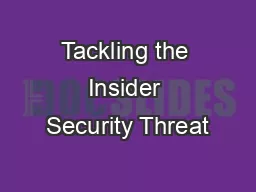
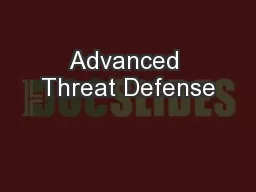
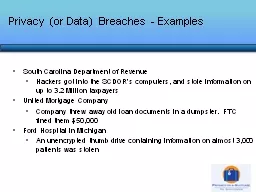
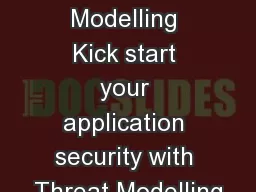
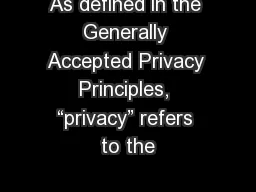
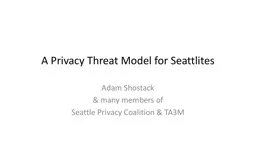

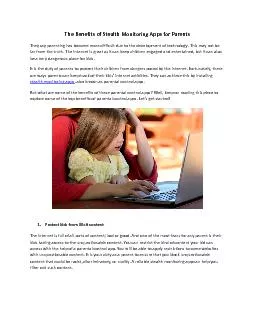
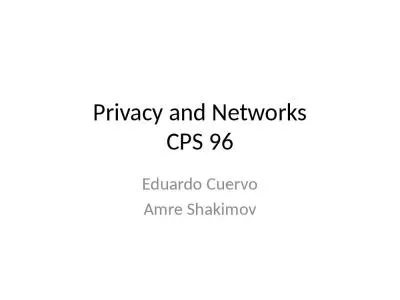
![[DOWLOAD]-Practical Threat Intelligence and Data-Driven Threat Hunting: A hands-on guide](https://thumbs.docslides.com/986141/dowload-practical-threat-intelligence-and-data-driven-threat-hunting-a-hands-on-guide-to-threat-hunting-with-the-attck-framework-and-open-source-tools.jpg)
